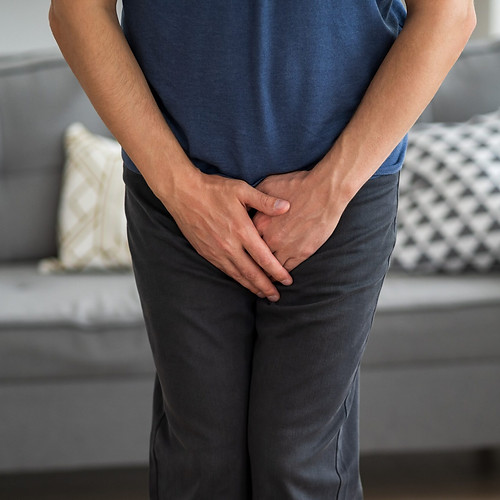
RECHARGE
Health & Wellness
body recharging station
urinary incontinence

urinary incontinence OVERVIEW
Urinary incontinence (UI) is the loss of bladder control, or being unable to control urination. It is a common condition. It can range from being a minor problem to something that greatly affects your daily life. In any case, it can get better with proper treatment. Overflow incontinence happens when your bladder doesn't empty all the way. This causes too much urine to stay in your bladder.
THERAPY OVERVIEW
There are different approaches to the treatment of urinary incontinence (UI), including pharmacological, nonpharmacological, and surgical methods. Pulsed electromagnetic field (PEMF) stimulation is a nontraditional and noninvasive type of treatment, which is gaining increasing popularity in healthcare departments for UI treatment. An experimental study, women (age ≥21 years) with lower urinary tract symptoms (LUTS) were assigned to three groups regarding the UI type (urgency, stress, and mixed UI). The patients were treated with PEMF stimulation twice per week up to 6 weeks. The results were evaluated at three and 6 months posttreatment. Ninety women completed 6 months of follow-up in this study. The mean age of the participants was 58.5 ± 13.9 years. Of 90 patients, 61 (67.8%) had mixed UI, 22 (24.4%) had urge UI, and 7 (7.8%) had stress UI. There were significant differences between the groups regarding the frequency of leakage from baseline to 3 and 6 months after treatment. Based on the results, the number of used pads reduced from 4.18 ± 3.00 to 1.08 ± 2.03 (P < 0.001); this reduction was also significant in each of the groups. The mean BFLUTS score reduced from 7.42 ± 2.53 at baseline to 5.56 ± 2.37 and 3.00 ± 2.33 at 3 and 6 months after treatment, respectively (P < 0.001). No significant complications were detected in the groups. The PEMF stimulation is a safe and effective approach for reducing the symptoms of patients with UI. The best response to treatment was reported at 6 months posttreatment. Therefore, it is recommended to use PMEF stimulation as a noninvasive treatment along with routine therapies.
SCIENTIFIC BACKED RESULTS
Efficacy and safety of Pulsed Electromagnetic Field (PEMF) stimulation in the treatment of urinary symptoms in women with urinary incontinence
AH Madani, FM Chafjiri, S Esmaeili, ZH Madani… - Urological …, 2022 - e-urol-sci.com
Impact of pulsed electromagnetic field on mixed incontinence in parous women a prospective randomized study
EA Elhosary, LA Fergany - 2022 - repository.unar.ac.id
Effect of Long Term Pulsed Electromagnetic Field on Postmenopausal Stress Urinary Incontinence
MS Mahmoud, HM Hanafy, MA Awad, EA Eldesouky - 2022 - naturalspublishing.com
effectiveness
In the overall group of 70 patients there were significant improvements in each of the primary and secondary outcome measures at 8 weeks. There were also significant improvements in primary and secondary outcome measures in the active treatment group when compared with baseline measures.
Peter J. Gilling, Liam C. Wilson, Andre M. Westenberg, William J. McAllister, Katie M. Kennett, Christopher M. Frampton, Deborah F. Bell, Patricia M. Wrigley, Mark R. Fraundorfer
HOW OFTEN
How often should you repeat this therapy? The urinary incontinence therapy program at Recharge requires a once per week visit to the club for 90 minutes per session.
RESULTS
What are the results of this therapy? After approximately 4-8 weeks clients should see a noticeable improvement
Cost
How much does this service cost? The cost for this plan is $99 per month. There are no contracts or long term commitments. To get started you will need to purchase a Recharge Health Plan